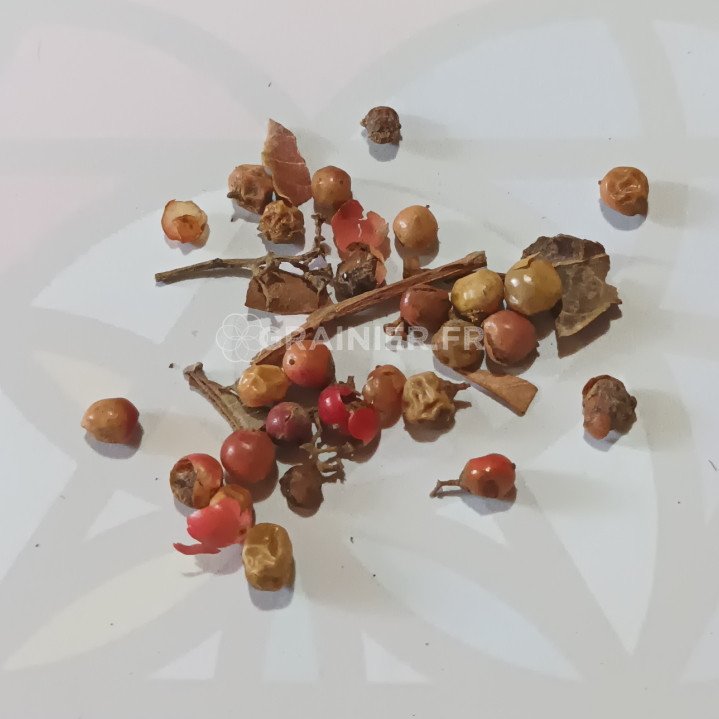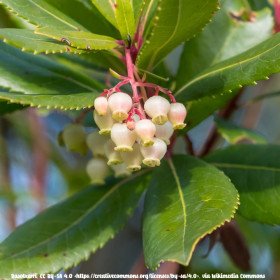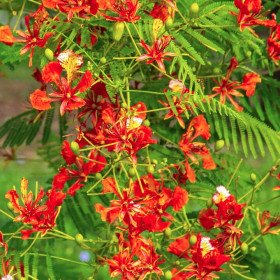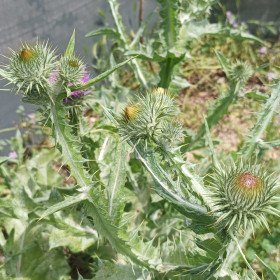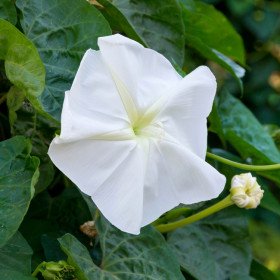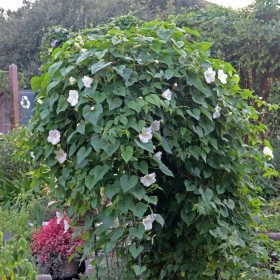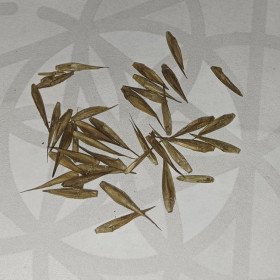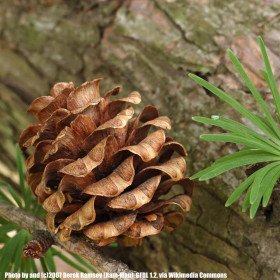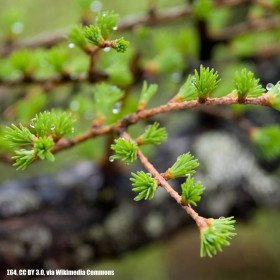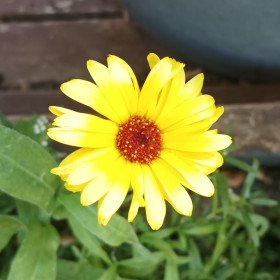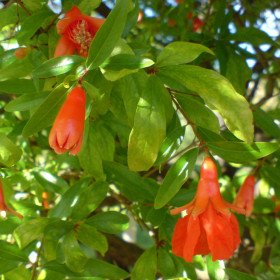15 Graines Poivrier du brésil, Schinus terebinthifolius
15 Graines Poivrier du brésil, Schinus terebinthifolius
- Modèle : 15 Graines Poivrier du brésil, Schinus terebinthifolius
- Disponibilité : INDISPONIBLE
- 1,50€
Me contacter dès que le produit est disponible
Poivrier du brésil, Poivre rose, Schinus terebinthifolius |
Schinus terebinthifolius, communément connu sous le nom de faux-poivrier ou poivre rose, est un arbuste originaire d'Amérique du Sud.
15 graines - Tremper les graines 24 h dans l'eau avant semis à 18/20°C
Description détaillée : Le Schinus terebinthifolius est un arbuste à feuilles persistantes qui peut atteindre jusqu'à 4 à 6 mètres de hauteur. Il présente un feuillage vert brillant et des branches élégantes. Ses feuilles sont composées, pennées et dégagent une agréable odeur lorsqu'on les froisse. Les baies de Schinus terebinthifolius sont petites, sphériques et de couleur rose vif, d'où son surnom de "poivre rose". Cependant, il est important de noter que ces baies ne sont pas comestibles, bien que leur saveur rappelle légèrement celle du poivre.
Utilisation : Schinus terebinthifolius est principalement cultivé pour son attrait ornemental. Son feuillage luxuriant et ses baies roses vives en font une belle plante d'ornement pour les jardins, les parcs et les espaces paysagers. Il est souvent utilisé comme plante de haie ou de bordure, apportant une touche de couleur et de texture à l'aménagement paysager.
Symbolique : Le faux-poivrier est souvent associé à des qualités telles que la joie, la vitalité et la beauté, en raison de ses baies colorées et de son feuillage attrayant. Dans certaines cultures, il est également considéré comme un symbole de prospérité et de bonne fortune.
Semis détaillé : Voici quelques conseils pour semer le Schinus terebinthifolius :
Préparation des graines : Procurez-vous des graines de Schinus terebinthifolius auprès d'une pépinière ou d'un fournisseur de confiance.
Semis en intérieur : Commencez les semis à l'intérieur, environ 8 à 10 semaines avant la dernière date de gel prévue dans votre région. Semez les graines à une profondeur d'environ 0,5 cm dans un substrat de qualité.
Germination : Les graines de Schinus terebinthifolius ont généralement une bonne capacité de germination. La température de germination idéale se situe entre 20°C et 25°C. Les graines devraient commencer à germer dans environ 2 à 4 semaines.
Transplantation : Lorsque les plants ont développé quelques feuilles vraies, ils peuvent être transplantés dans des pots individuels plus grands.
Durcissement : Environ une semaine avant la mise en pleine terre, habituez progressivement les plants aux conditions extérieures en les plaçant à l'extérieur pendant quelques heures chaque jour.
Plantation en plein air : Plantez le Schinus terebinthifolius dans un endroit ensoleillé et bien drainé, en espaçant les plants d'environ 1 à 2 mètres.
Soins ultérieurs : Arrosez régulièrement pour maintenir le sol humide, surtout pendant la période de croissance active. Une fois établi, l'arbuste est relativement tolérant à la sécheresse. Taillez légèrement pour maintenir une forme attrayante et éliminer les branches mortes ou endommagées.
En cultivant le Schinus terebinthifolius, vous pourrez profiter de son attrait ornemental, de ses baies colorées et de son feuillage parfumé. Il ajoutera une touche exotique et esthétique à votre jardin tout en apportant une symbolique positive. Toutefois, gardez à l'esprit que ses baies ne sont pas comestibles et peuvent être toxiques, il est donc préférable de ne pas les consommer.
Etiquettes : poivrier, bresil, poivre, rose, schinus, terebinthifolius, GRAINES DE FLEURS & ARBRES Poivrier du brésil, Poivre rose, Schinus terebinthifolius, Aromatiques & médicinales Poivrier du brésil, Poivre rose, Schinus terebinthifolius, Exotiques & Rares Poivrier du brésil, Poivre rose, Schinus terebinthifolius, Arbustes & plantes grimpantes Poivrier du brésil, Poivre rose, Schinus terebinthifolius, Arbres & Bonsaï Poivrier du brésil, Poivre rose, Schinus terebinthifolius, Poivrier du brésil, Poivre rose, Schinus terebinthifolius GRAINES DE FLEURS & ARBRES, Poivrier du brésil, Poivre rose, Schinus terebinthifolius Aromatiques & médicinales, Poivrier du brésil, Poivre rose, Schinus terebinthifolius Exotiques & Rares, Poivrier du brésil, Poivre rose, Schinus terebinthifolius Arbustes & plantes grimpantes, Poivrier du brésil, Poivre rose, Schinus terebinthifolius Arbres & Bonsaï




